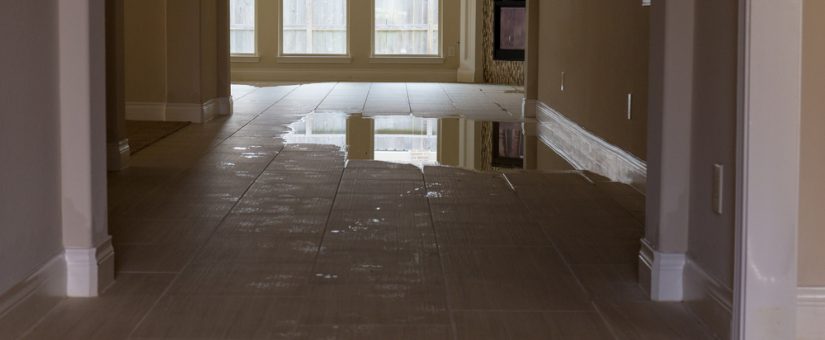Familiarize Yourself With Half a Dozen Principal Factors For Water Seepage in Your House
Familiarize Yourself With Half a Dozen Principal Factors For Water Seepage in Your House
Blog Article
Have you been searching for information and facts around How Fast Water Damage Can Ruin Your Home?

Leaks not only create waste of water but can additionally trigger unneeded damages to your house as well as advertise unwanted natural growth. However, water leakages could go unnoticed because a lot of the pipework in our residence is concealed. By recognizing and looking for daily scenarios that trigger leakages, you can protect your house from future leaks and unneeded damages. Today, we will take a look at six leak causes that may be creating your pipelines to leak.
Immediate temperature level adjustments.
Extreme temperature changes in our pipelines can create them to expand and also acquire suddenly. This development and contraction might trigger fractures in the pipes, particularly if the temperature level are below cold.
Corroded water systems
As time goes by, your plumbing system ages as well as rust such as rust might begin eating away the pipes. This could be the source of staining or warping on your pipes. This requires an evaluation with your plumber right away. Think about changing the pipes because they are at a greater threat of corrosion than the newer designs if our plumbing system is old.
Defective Pipe Joints
Pipe joints can wear away over time, resulting in water leakages. If you have noisy pipelines that make ticking or banging noises, particularly when the hot water is turned on, your pipeline joints are possibly under a whole lot of pressure.
Encroaching roots
A lot of water leaks start outside the home instead than inside it. You could see wet spots or sinkholes in your lawn, as well as that may imply that tree roots are getting into water lines causing water to seep out.
Poor Water Connectors
Sometimes, a leakage can be caused by loosened hose pipes and also pipelines that supply your home appliances. More often than not, changing is what causes the loosened water Connections. You could find in the case of a cleaning equipment, a tube may spring a leakage due to trembling throughout the spin cycle. In case of a water connections leakage, you may observe water running directly from the supply line or pools around your devices.
Blocked Drains
Blocked drains might be annoying as well as inconveniencing, but they can occasionally end up triggering an overflow resulting in burst pipes. Keep removing any products that might go down your drains that might clog them to avoid such inconveniences.
All the above are causes of leaks but not all water leaks arise from plumbing leaks; some leaks may come from roof covering leaks. All leakages need to be repaired immediately to stay clear of water damage.
Leaks not just cause waste of water but can additionally trigger unneeded damages to your residence and advertise unwanted organic development. By looking and understanding for day-to-day situations that trigger leaks, you can safeguard your home from future leakages and unnecessary damage. Today, we will look at 6 leak causes that may be creating your pipelines to drip.
At times, a leakage can be triggered by loose pipes as well as pipes that provide your home appliances. In instance of a water links leakage, you may discover water running directly from the supply line or puddles around your home appliances.
How To Check For Water Leak In Your Home
How To Check for Leaks
The average household's leaks can account for nearly 10,000 gallons of water wasted every year and ten percent of homes have leaks that waste 90 gallons or more per day. Common types of leaks found in the home are worn toilet flappers, dripping faucets, and other leaking valves. These types of leaks are often easy to fix, requiring only a few tools and hardware that can pay for themselves in water savings. Fixing easily corrected household water leaks can save homeowners about 10 percent on their water bills.
To check for leaks in your home, you first need to determine whether you're wasting water and then identify the source of the leak. Here are some tips for finding leaks:
Take a look at your water usage during a colder month, such as January or February. If a family of four exceeds 12,000 gallons per month, there are serious leaks.
Check your water meter before and after a two-hour period when no water is being used. If the meter changes at all, you probably have a leak.
Identify toilet leaks by placing a drop of food coloring in the toilet tank. If any color shows up in the bowl after 10 minutes, you have a leak. (Be sure to flush immediately after the experiment to avoid staining the tank.)
Examine faucet gaskets and pipe fittings for any water on the outside of the pipe to check for surface leaks.
Undetected water leaks can happen without the home or business owner even realizing. If you suspect a water leak, but not able to find the source. It is time to contact a professional water leak detection service, The Leak Doctor.
How To Find a Water Leak In Your Home
https://www.leakdoctor.com/blog/How-To-Check-For-Water-Leak-In-Your-Home_AE197.html

I stumbled upon that piece of writing on Top Causes of Home Water Leaks when surfing around the search engines. Are you aware of somebody who is enthusiastic about the subject? Please feel free to share it. I treasure reading our article about How to Find Water Leaks.
Quality assured, call! Report this page